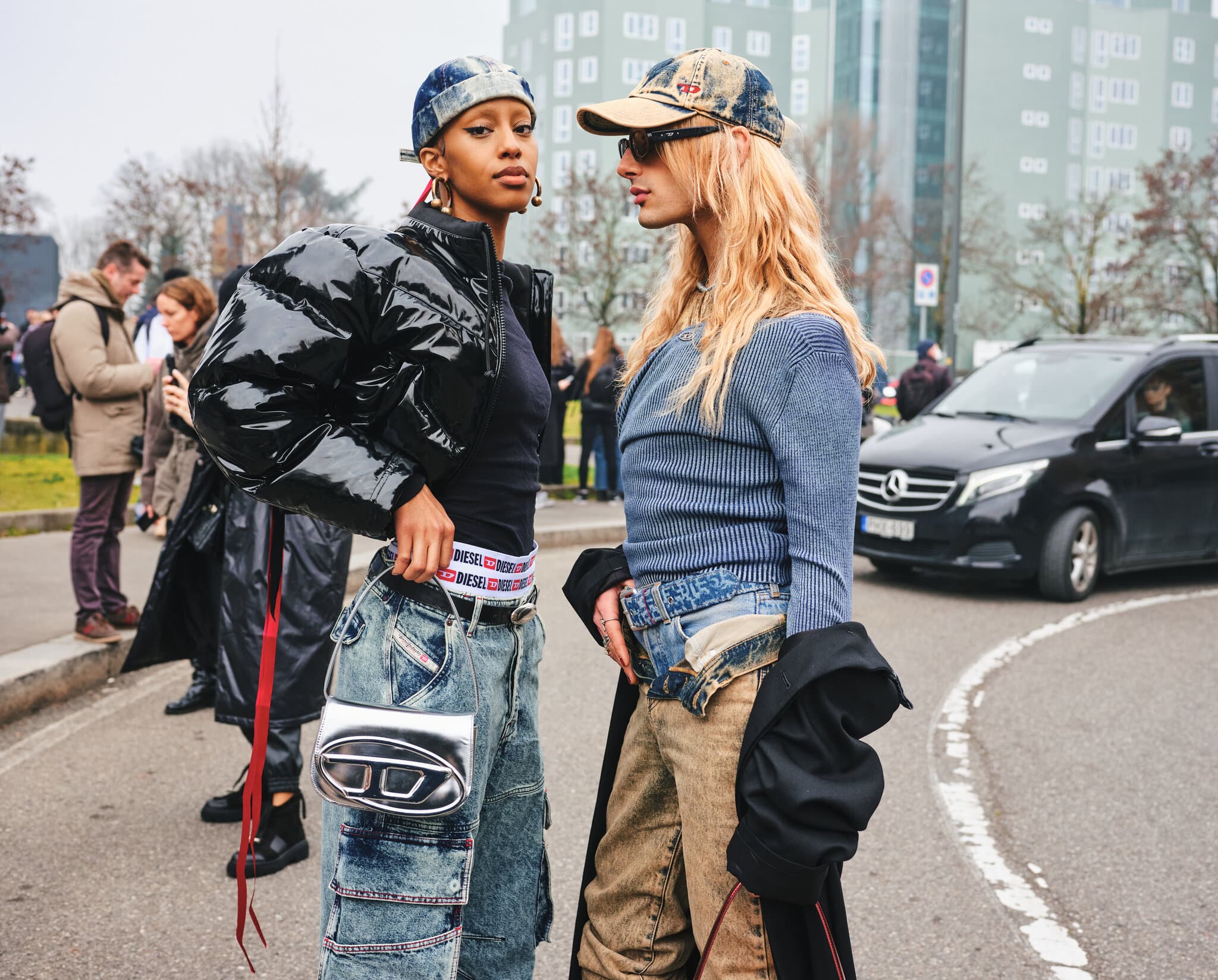Story TRI MINH LE
Photos INTERNET
Street fashion has undergone a remarkable evolution on its way from city sidewalks to the high-end runways of luxury brands.

The initial declaration
From its inception, fashion has always reflected the personality, preferences, habits and lifestyle of the wearer. However, unlike environments that emphasize rules and standards, the street is a unique space where all walks of life converge, dissolving class boundaries and allowing for unfiltered self-expression. On the street, people can truly be themselves.
While major fashion brands curate their shows with carefully selected models and meticulously designed garments, the street is a different scene entirely. Street fashion follows no predetermined trajectory. The appearance of an outfit on the street is a direct reflection of the wearer’s desired fashion silhouette, an unfiltered expression of their unique personality without fear of judgment. This freedom, this chaos mixed with audacity, is the very essence of fashion’s diversity. It serves as a wellspring of inspiration for the arts, breathing new life into creative ideas when they risk becoming stagnant.
People often associate streetwear with typical street culture such as Hip Hop, graffiti or skateboarding. However, the original essence of streetwear is far simpler: it is merely clothing worn by individuals. People inherently want to express their individuality and personal style in any context. Some refuse to be lost in the anonymity of a world teeming with billions, choosing instead to don eye-catching attire and walk with confidence. This is the fundamental declaration of street fashion – a realm where diversity reigns supreme, transcending conventional norms.

Echoes from the streets
The declarations of mainstream fashion are often metaphorical and multi-layered, their meanings sometimes lost in translation. Have you heard legendary designers like Christian Dior, Yves Saint Laurent, or Hubert de Givenchy explicitly explain the messages behind their iconic creations like the New Look or Le Smoking? Or are these messages always interpreted by those outside the industry?
Street fashion, on the other hand, thrives on bold immediacy. Everything is brashly apparent, loud, and akin to a punchline in a Rap song – a direct hit. In terms of fashion, streetwear might not necessarily introduce anything groundbreaking in design, stitching, or material; it simply delivers a powerful message.
Take graphic T-shirts, for example. Fashion lovers from previous eras might dismiss them as commercial and lacking in high-end appeal. But in streetwear, the graphic T-shirt becomes a tool for expressing clear attitudes of love or hate. While major fashion brands might shy away from conveying emotions about a particular subject, in street fashion, when a group wears graphic T-shirts, it can spark a new trend in society.

Vibrant life
On the streets, we also see a type of jewelry that many high-end labels are now embracing: oversized gold chains, which have been picked up by brands like Givenchy under Matthew Williams and Céline under Hedi Slimane. We most often associate gold chains with rappers, a group representing a popular culture that has exploded in recent times. Gold chains have become a symbol of Hip Hop culture, similar to the cowboy hat in country music or the heavily lined eyes, studded bracelets and leather pants in Punk/Rock.
Some may think this is a showy display by the nouveau riche. However, it is a clear “message” from rappers – a group associated with the streets, once considered the outcasts of society, and whose music was relegated to the margins. Over time, gold chains and diamond-studded jewelry have become an implicit standard in street culture. They symbolize success and are the fruits of the tireless struggle of rappers in particular and the working class in general. Many may see this as ostentatious, but street culture brushes aside such concerns, living true to itself.
The current generation of rappers and young people are also bringing about unimaginable revivals for brands thought to be sinking into obsolescence, generating significant revenue. Notable examples include fashion houses like Balenciaga, Louis Vuitton (men’s fashion branch), and Miu Miu. Young designers are also unafraid to explore street elements in their collections to express their messages. Finally, just look around: on the bustling streets, let’s all enjoy the diverse beauty and vibrant styles of contemporary life.










